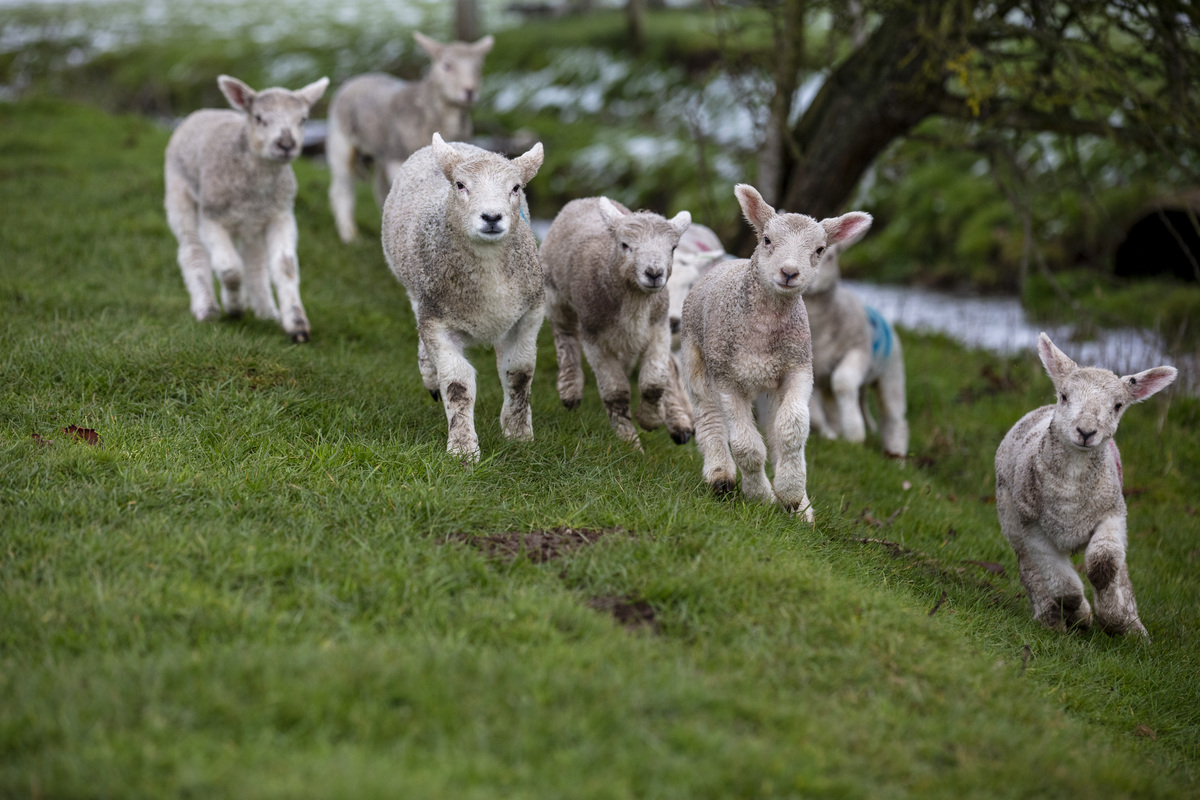The Animal Welfare Committee has recently produced recommendations to strengthen justifications for the need for the castration and tail docking of lambs. The industry Ruminant Health
and Welfare Group, which NFU Cymru is a member of, has made it clear that if this comes in, it needs to be accompanied by simplified and consistent legislation relating to these practices. Any changes must be based on scientific knowledge, taking account of current farming practices for lambs of different ages.
Amended legislation should only come into force provided arrangements are put in place to incentivise and support new farming practices. This includes the need for suitable castration and tail docking methods that provide, or do not require, additional pain relief to be made available. NFU Cymru recognises that animal welfare must always be a priority and the existing exacting standards and practices kept under review and improved upon, where possible. This will ensure that Welsh and British sheep production remains up there as one of the best in the world.
Welfare issue
Moreover, as we have pointed out to the Ruminant Health and Welfare Group, farmers will castrate male lambs and tail dock lambs only when it is necessary. Uncastrated male lambs in the autumn can cause serious management and welfare issues and cannot be grazed in the same field as ewes or ewe lambs. Unwanted pregnancies can and will occur, even if the mixing is for short periods. This is a welfare issue. Tail docking is also essential in many flocks, particularly with lowland breeds, to reduce risk of fly strike during the summer. We do realise that for some flocks neither
of these procedures are required, such as castration of lambs sold finished in early summer, nor tail docking in extensive hill areas where flystrike is less common. But, we consider that to protect animal welfare, there is a continuing need for these procedures in many situations. Looking to the future, we welcome the recommendation by the Animal Welfare Committee that ‘In the short-term, across GB, legislation should be amended to allow new devices that have been shown to be less harmful to welfare to be used to castrate and tail dock lambs (e.g. ClipFitter, Numnuts).
However, this highlights the current inconsistency between the legal position in Scotland, where the use of these devices is permitted for lambs up to three months old, whilst in Wales these new devices are only permitted for use in lambs up to seven days old. This it seems is due to the ambiguity and subsequent interpretation of the current legislation. This situation is extremely frustrating for those farmers and vets in Wales who wish to use these innovative devices, particularly on older lambs as they have a clear welfare benefit. We understand that Clipfitter has now
been used on 10,000 lambs in Scotland in practical situations on commercial farms, as well as in the trials reported in the Defra funded SRUC research that was published last year. This work and experience have shown this innovative tool to be highly effective in minimising pain experienced with castration and tail docking compared to current conventional practices. It is proving to be effective and shows lower levels of pain without the use of anaesthetic, which is not easy to administer in young lambs. A further reported benefit has been rapid healing of the castration or docking site compared to the use of rubber rings. This tool also provides a practical solution and in Scotland a legal method for castrating and docking older lambs in hill and other extensive grazing situations. In such systems, lambs need to be gathered for castration risking disrupting the lamb-maternal bond.
Technical changes
Recommendations are to wait for the bond to be established (minimum seven days) before such activity is initiated. It would therefore be greatly beneficial for the sheep industry if technical changes to the legislation in Wales could be made as soon as possible to allow the use of Clipfitter and Numnuts on lambs up to three months old, as is the case in Scotland. NFU Cymru agrees with the Ruminant Health and Welfare Group, which in a letter to the Rural Affairs Minister in February 2024 strongly recommend that a simple technical change to the existing regulation be adopted to allow this new technique. We will keep sheep producers posted on progress.
